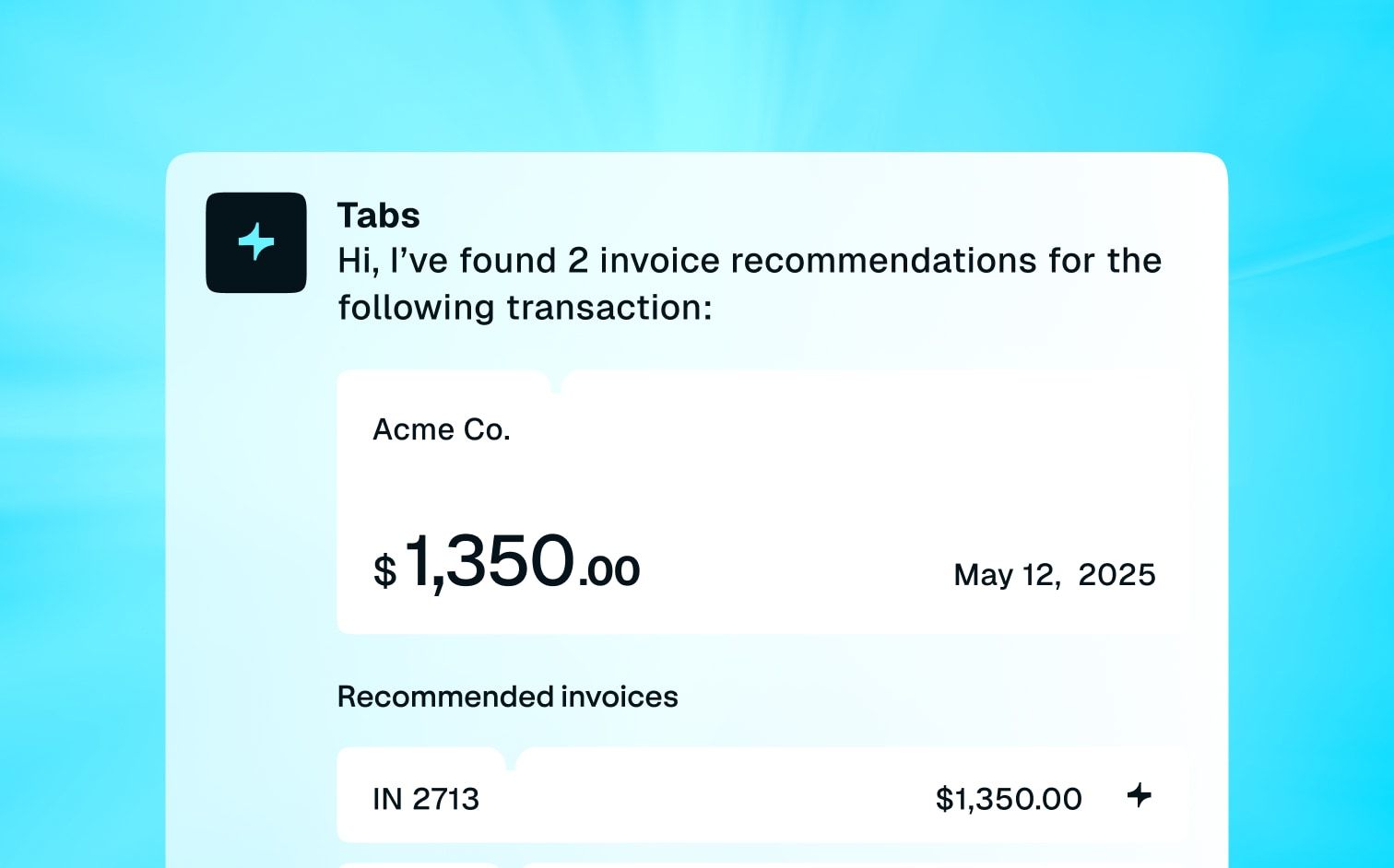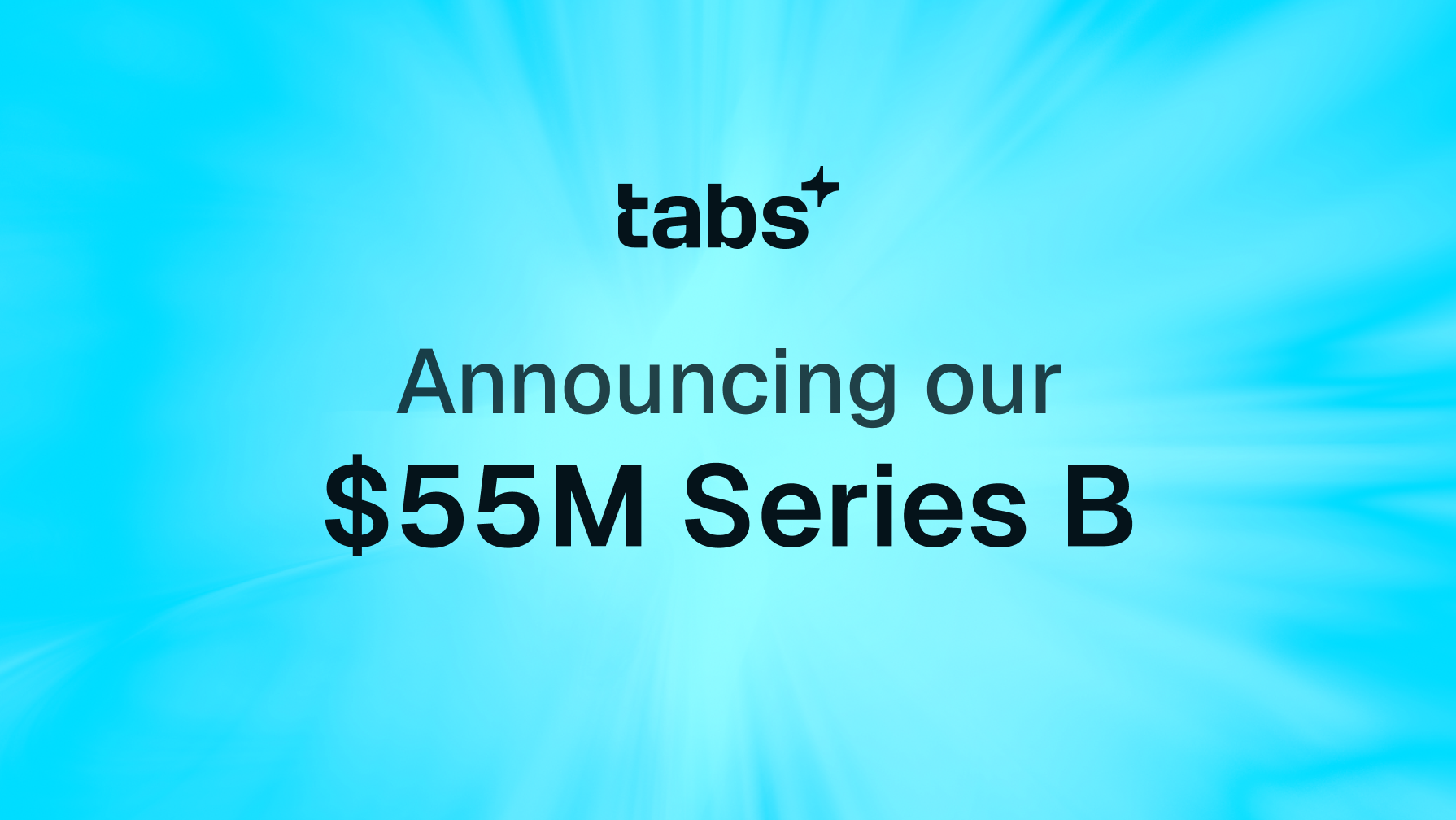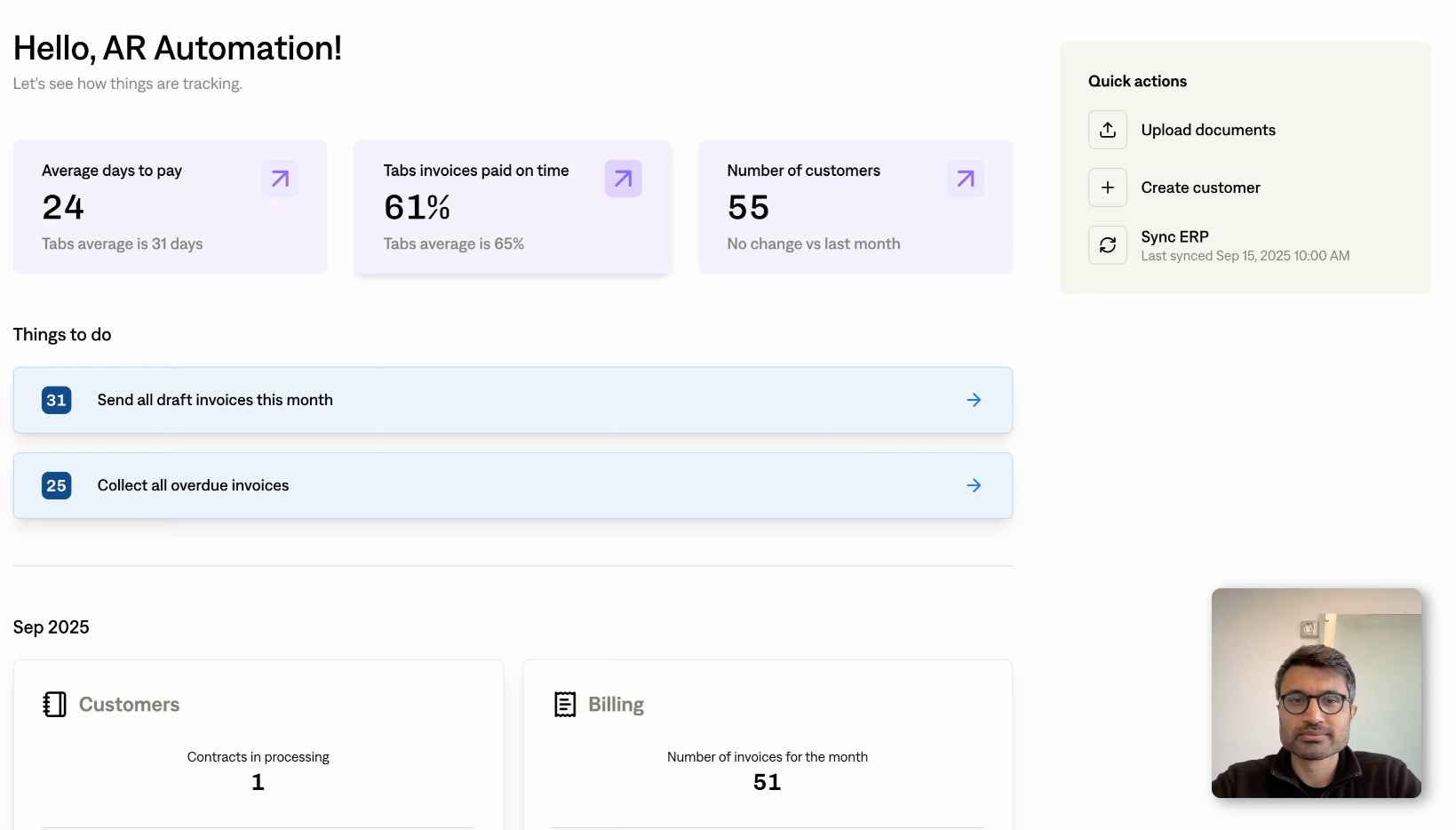In the competitive SaaS landscape, acquiring new customers is just the first step. The real challenge lies in retaining those customers and maximizing their value over time. This is where understanding and optimizing lifetime value (LTV) becomes paramount. LTV predicts the total revenue a customer will generate throughout their relationship with your company, providing a crucial metric for assessing the long-term profitability of your business.
Key Takeaways
- LTV Drives SaaS Success:Understanding customer lifetime value is fundamental for SaaS businesses. It guides key decisions across all departments, from predicting future revenue to shaping product development.
- Balance Acquisition Costs with Customer Value: While acquiring new customers is essential, ensure your spending aligns with their long-term value. A healthy LTV:CAC (Customer Acquisition Cost) ratio is crucial for profitability.
- Boost LTV with Strategic Actions: Focus on keeping customers happy and engaged. Implement value-based and tiered pricing models, and consistently enhance the customer experience to maximize LTV and drive sustainable growth.
What is LTV?
Lifetime value (LTV) predicts the total revenue a single customer will generate throughout their relationship with your company. Think of it as the total worth of a customer over their entire subscription lifespan. This metric is essential for SaaS businesses because it helps you understand customer profitability and make informed decisions about sales, marketing, and customer success. For example, knowing your LTV can inform how much you're willing to spend to acquire a new customer.
LTV in SaaS
LTV is particularly important in the SaaS world because of the recurring revenue model. Unlike one-time purchases, SaaS customers pay a subscription fee over a period (monthly or annually). This means that the longer a customer stays subscribed, the higher their LTV becomes. Understanding this dynamic is key to building a sustainable and profitable SaaS business.
Accurately calculating LTV helps you determine how much you can afford to spend on acquiring new customers (CAC) and which customer segments are most valuable to your business. Automated billing software can help you manage these recurring transactions and gain deeper insights into your revenue streams.
Impact on Growth
LTV directly impacts a SaaS company's growth trajectory. A high LTV indicates that customers find value in your product and are likely to remain subscribed for an extended period. This translates to more predictable revenue and a stronger financial foundation for growth. By focusing on increasing customer lifetime value, you can create a powerful engine for sustainable business expansion.
This allows you to reinvest profits into product development, marketing, and customer support, creating a positive feedback loop that fuels further growth. Robust reporting tools can provide key metrics, including LTV, to empower data-driven decisions.
LTV also helps determine how much you can afford to spend to acquire a new customer. This delicate balance between LTV and Customer Acquisition Cost (CAC) is essential for profitability. If your CAC exceeds your LTV, you're losing money with every new customer. This article on LTV emphasizes the importance of understanding this metric to make informed decisions about ad spend and customer acquisition. Optimizely reinforces this, stating that CAC should always be lower than LTV to maintain a healthy bottom line.
How to Calculate LTV for Your SaaS Business
Calculating lifetime value (LTV) for your SaaS business is crucial for understanding your revenue potential and making informed decisions about sales, marketing, and customer success. It helps you see the big picture beyond the initial sale, projecting how much revenue a customer will generate throughout their relationship with your company. This section breaks down the process, showing you how to calculate LTV and the key factors that influence it.
The Basic LTV Formula
One of the simplest ways to calculate LTV is using this formula:
LTV = Average Revenue Per User (ARPU) / Customer Churn Rate
Let's break this down:
- Average Revenue Per User (ARPU): This is the average monthly recurring revenue you receive from each customer. Calculate this by dividing your total monthly recurring revenue by your total number of customers.
- Customer Churn Rate: Your churn rate represents the percentage of customers who cancel their subscriptions each month. For example, a 5% churn rate means you lose 5 out of every 100 customers each month.
If your customers pay an average of $100 per month (ARPU) and your monthly churn rate is 4%, your LTV would be $2,500. This means you can expect each customer to generate $2,500 in revenue over their entire subscription lifespan. You can further refine this by using annual recurring revenue (ARR) and annual churn rate for a yearly perspective. Tabs offers robust reporting features to help you accurately track these metrics.
Factors Influencing LTV
While the basic formula provides a good starting point, several factors can significantly influence LTV:
- Customer Segmentation: Different customer segments may have varying spending habits and churn rates. For instance, enterprise clients might have a higher ARPU and lower churn than individual users. Analyzing LTV for each segment allows for more targeted strategies. Consider using Tabs' reporting features to segment your customer data and gain deeper insights.
- Pricing Model: A value-based pricing model, where you charge based on the perceived value delivered to the customer, can lead to higher LTV. Tiered pricing models can encourage upgrades and increase ARPU over time. Tabs supports various pricing models to help you optimize your pricing strategy.
- Customer Acquisition Cost (CAC): While not directly part of the LTV calculation, CAC is a crucial related metric. A high CAC can eat into your profits, even with a high LTV. It's essential to find a balance between acquiring new customers and maximizing their lifetime value.
- Customer Lifetime: The duration of a customer's relationship with your business directly affects LTV. Improving customer retention through excellent customer service and ongoing product development is key to extending customer lifetime and maximizing LTV.
- Expansion Revenue: Opportunities for upselling and cross-selling can significantly boost LTV. By offering additional features, higher-tier plans, or related products, you can increase the average revenue generated from each customer. This is where flexible invoicing solutions can be particularly helpful.
Understanding these factors and how they interact allows you to develop strategies to improve your LTV and ultimately drive business growth.
LTV and Customer Acquisition Cost (CAC)
In software, understanding the relationship between lifetime value and customer acquisition cost is crucial for sustainable growth. Think of it like this: you wouldn't invest $100 today if you only expected to get $50 back tomorrow, right? The same principle applies to your customers.
LTV helps you predict future revenue by estimating how much a customer will spend on your software over their entire relationship with your company. More customers mean more revenue potential, but acquiring those customers costs money. This is where CAC comes in. CAC represents all the costs associated with acquiring a new customer, including marketing, sales, and onboarding expenses.
For a SaaS business to be profitable, the CAC should always be less than the LTV. If your CAC is higher than your LTV, you're losing money on every new customer you acquire. Ideally, you want a healthy margin between your LTV and CAC, ensuring a significant return on your investment in acquiring each customer. A solid understanding of both metrics is essential for making informed decisions about sales, marketing, and customer success.
Optimizing the LTV:CAC Ratio
The LTV:CAC ratio is a key metric for SaaS businesses, providing insights into the overall health and efficiency of your growth strategy. A commonly cited benchmark is a 3:1 ratio—for every dollar spent acquiring a customer, you generate three dollars in revenue. However, the ideal LTV ratio can vary depending on your industry, business model, and growth stage. For example, a rapidly growing startup might accept a lower ratio initially, prioritizing market share acquisition over immediate profitability.
To optimize your LTV:CAC ratio, focus on two key areas:
- Reduce churn: Keeping your existing customers happy and engaged is essential for maximizing their lifetime value. Strategies for reducing churn include providing excellent customer support, building a strong community, and continuously improving your product based on customer feedback. Lower churn means customers stay subscribed longer, directly increasing their LTV. Think of it as extending the payback period on your initial customer acquisition investment.
- Increase average revenue per user (ARPU): Identify opportunities to increase the amount each customer spends on your product. This can involve upselling to higher-tier plans with additional features, cross-selling complementary products or services, or implementing value-based pricing that aligns with the benefits your customers receive. By increasing ARPU, you're essentially getting more value out of each customer relationship.
Strategies to Increase SaaS LTV
Boosting your SaaS LTV involves a multi-pronged approach. It's about more than just acquiring new customers; it's about nurturing those relationships and maximizing their value over time. Here are a few key strategies:
Improve Customer Retention
It's significantly more cost-effective to keep a current customer than to acquire a new one. Proactively identify at-risk customers and offer targeted interventions. This could involve special deals, enhanced support, or even just a personalized check-in to address their concerns.
By understanding the reasons behind potential churn, you can implement effective retention strategies and significantly improve LTV. This is where robust reporting tools like Tabs become invaluable, allowing you to track customer behavior and identify warning signs early on.
Upselling and Cross-selling
Upselling and cross-selling are powerful levers for increasing lifetime value. They allow you to expand the value of existing customer relationships by offering additional products or services that complement their current subscriptions. The key is to make these offers relevant and valuable to the customer.
Targeted marketing campaigns based on user behavior and subscription history can be highly effective. For example, if a customer consistently uses a specific feature, you might upsell them to a higher tier that offers more advanced capabilities within that feature set. Consider using Tabs' automated invoicing features to seamlessly manage these upgrades and additions.
Enhance Customer Experience
Happy customers are more likely to stick around and invest further in your product. Focus on providing seamless onboarding, proactive support, and regular communication. Solicit feedback and actively address customer concerns. By investing in customer success, you're not just improving satisfaction; you're directly contributing to a higher LTV.
This includes streamlining your billing processes to ensure clarity and avoid any friction that could negatively impact the customer experience. Automated billing software can play a crucial role in this aspect, simplifying the payment process for your customers and freeing up your team to focus on other value-added activities.
Common Misconceptions
Grasping the nuances of customer lifetime value is crucial for sound decision-making.
Is LTV the Only Metric That Matters?
LTV is essential, but it's not the only metric that matters for a SaaS business. Think of your business as a complex machine with many moving parts. LTV is a critical gauge, but focusing only on it is like a pilot only checking airspeed and ignoring altitude or fuel. Other metrics like CAC, Monthly Recurring Revenue (MRR), and churn rate are equally important for understanding the overall health of your SaaS business.
These metrics work together to provide a complete picture of your financial performance. For example, a high LTV might seem fantastic, but if your CAC is equally high, your profitability could suffer.
Is LTV Static?
LTV isn't a fixed number; it's a dynamic metric that shifts over time. Customer behavior, market changes, and even your pricing strategies influence LTV. Imagine trying to hit a moving target—that's what managing lifetime value can feel like.
Regularly reviewing and updating your LTV calculations is essential for accurate forecasting and strategic planning. This allows you to adapt to market changes and refine your approach to customer acquisition and retention.
Is Higher LTV Always Better?
A higher LTV generally indicates a more profitable customer relationship, but it's not always the ideal outcome. A high LTV might come with high acquisition costs or long sales cycles, potentially hindering your cash flow. It's about finding the right balance.
A sustainable SaaS business needs to find the sweet spot where LTV is healthy but doesn't compromise efficient growth. Prioritize balancing LTV with other key metrics to ensure sustainable growth and profitability. This holistic approach will guide your decisions about resource allocation and growth strategies.
Pricing Models and Their Role in Lifetime Value
Choosing the right model not only affects your revenue but also shapes customer perception and behavior. Let's explore two powerful pricing strategies for SaaS businesses: value-based pricing and tiered pricing.
Value-Based Pricing
Value-based pricing connects the price of your software directly to the value it delivers to customers. Instead of focusing on internal costs or competitor pricing, you prioritize the benefits customers receive. This approach strengthens customer relationships and allows you to better understand customer needs and tailor pricing accordingly.
By understanding what customers are willing to pay for specific features and outcomes, you can optimize pricing for maximum LTV. This often translates to higher price points for customers who see substantial value in your product’s performance, directly boosting their lifetime value. As customer usage patterns become more dynamic, accurately predicting LTV with reporting tools becomes essential. Value-based pricing provides the data and insights needed for these predictions.
Tiered Pricing
Tiered pricing offers different service levels at various price points, catering to a wider range of customer needs and budgets. This model can significantly enhance LTV by attracting a broader customer base and providing a clear upgrade path. As customers grow and require more advanced features or greater usage limits, they can seamlessly transition to higher tiers, increasing their lifetime value. The key is to strike a balance between the features offered in each tier and the corresponding price.
Each tier should offer perceived value to justify the cost, encouraging upgrades while maintaining customer satisfaction. Automating complex invoicing across different tiers simplifies the process and ensures accurate billing as customers move between levels. This streamlined approach, combined with the flexibility to support various payment types, contributes to a positive customer experience and ultimately, a higher LTV. By offering tiered pricing, you create opportunities for customers to invest more in your product as their needs evolve, maximizing their lifetime value and your revenue.
Using LTV for Product Development and Financial Forecasting
Understanding your customer lifetime value (LTV) is like having a crystal ball for your SaaS business. It not only tells you how much revenue you can expect from each customer but also informs your product development and financial forecasting. Let's explore how.
Prioritize Features
Think of your product roadmap as a buffet of potential features. You can't build everything at once, so you need to choose wisely. LTV helps you prioritize. By analyzing which features correlate with higher customer retention and increased spending, you can focus your development efforts on the ones that will truly move the needle.
For example, if data shows that users who engage with your advanced reporting features have a significantly higher LTV, it makes sense to invest further in enhancing those features. This data-driven approach ensures that your development resources are allocated effectively, targeting features that improve user experience and contribute significantly to revenue growth.
Predict Revenue
By estimating how much a customer will spend throughout their relationship with your business, you can forecast your income with greater accuracy. This predictive capability is essential for making informed decisions about everything from marketing budgets and sales team expansion to future product investments. Accurate revenue forecasting allows you to align your product development strategies with anticipated revenue streams, ensuring that you're prepared for sustainable growth.
Tools for Tracking and Analysis
Accurately tracking and analyzing customer lifetime value requires the right tools. Several software options can simplify this process and provide valuable insights into your customer relationships and revenue streams. Let's explore two key categories: automated billing software and data analytics platforms.
Automated Billing Software
Automated billing software is essential for any SaaS business looking to efficiently manage subscriptions and gain a clearer picture of LTV. These tools streamline invoicing, reducing manual effort and minimizing errors. This efficiency frees up your team to focus on higher-level tasks, like analyzing the data generated by the software. Beyond simply sending invoices, robust billing software tracks key metrics like customer churn rate, ARPU, and customer LTV.
Tabs' automated billing features provide detailed financial data that directly contributes to accurate LTV calculations. Features like automated recurring billing and revenue recognition make it easier to track customer payments and understand revenue trends.
Solid billing software also offers insights into customer behavior. By analyzing payment patterns, you can identify at-risk customers and proactively address potential churn. For instance, if a customer consistently delays payments or downgrades their subscription, you can intervene with targeted offers or support to improve retention. These tools automate key processes, allowing you to focus on using the data they provide to improve your LTV.
Data Analytics Platforms
While automated billing software provides the raw data, data analytics platforms help you interpret it. These platforms take the financial information from your billing system and transform it into actionable insights. They allow you to segment your customer base, identify trends, and understand the factors that influence LTV.
For example, you can segment customers based on their subscription tier, acquisition channel, or even their in-app behavior. This segmentation allows you to tailor your marketing and customer success efforts to specific customer groups, maximizing their LTV.
By analyzing historical data, you can predict future performance and make informed decisions about pricing, product development, and customer retention strategies. By combining the data from your billing software with the analytical power of these platforms, you can gain a deep understanding of your LTV and develop strategies to improve it.
Related Articles
- Recurring Revenue: A Practical Guide for SaaS Growth
- SaaS Subscription Management: The Definitive Guide
- CLTV: The Key to SaaS Business Growth
- Reducing SaaS Churn: Proven Strategies
Frequently Asked Questions
What's the difference between LTV and ARPU?
While both relate to revenue, they represent different perspectives. ARPU (Average Revenue Per User) is the average revenue generated per user in a specific period, typically a month or year. Think of it as a snapshot of your current revenue.
LTV, on the other hand, projects the total revenue a customer will generate throughout their entire relationship with your company. It's a long-term view of a customer's value.
How can I improve my SaaS LTV if my churn rate is high?
Addressing high churn requires a deep dive into understanding why customers are leaving. Analyze churn reasons through surveys, customer support interactions, and in-app behavior. Once you identify the root causes, implement targeted strategies. This could involve improving onboarding, offering personalized support, or even refining your product based on customer feedback.
What's a good LTV:CAC ratio for a SaaS startup?
The ideal LTV:CAC ratio varies, but a commonly cited benchmark is 3:1. However, early-stage startups sometimes accept lower ratios initially to prioritize rapid growth and market share acquisition. The key is to find a sustainable balance. A lower ratio might be acceptable if you have a clear path to improve LTV or reduce CAC over time.
How often should I calculate LTV?
LTV isn't static; it changes as your business evolves. Regularly recalculating LTV, perhaps quarterly or even monthly, provides a more accurate picture of your customer's value and allows you to adapt your strategies accordingly. This is especially important during periods of rapid growth or significant market changes.
Beyond LTV and CAC, what other metrics are important for SaaS growth?
While LTV and CAC are crucial, other metrics like Monthly Recurring Revenue (MRR), churn rate, and customer lifetime provide a more holistic view of your business's health. MRR tracks your predictable monthly revenue, while customer lifetime measures the average length of a customer relationship. These metrics, combined with LTV and CAC, offer a comprehensive understanding of your SaaS performance.





